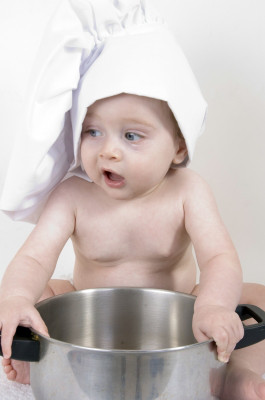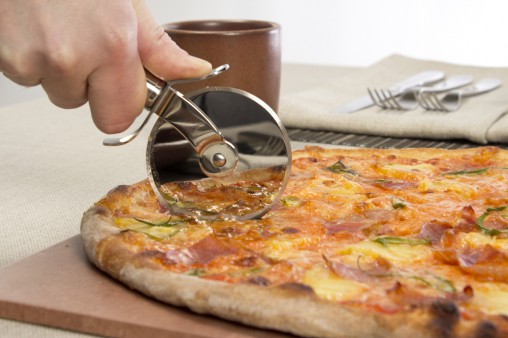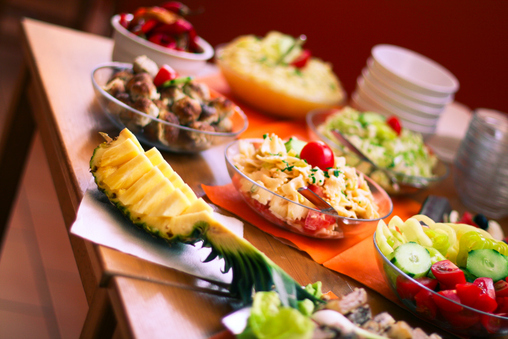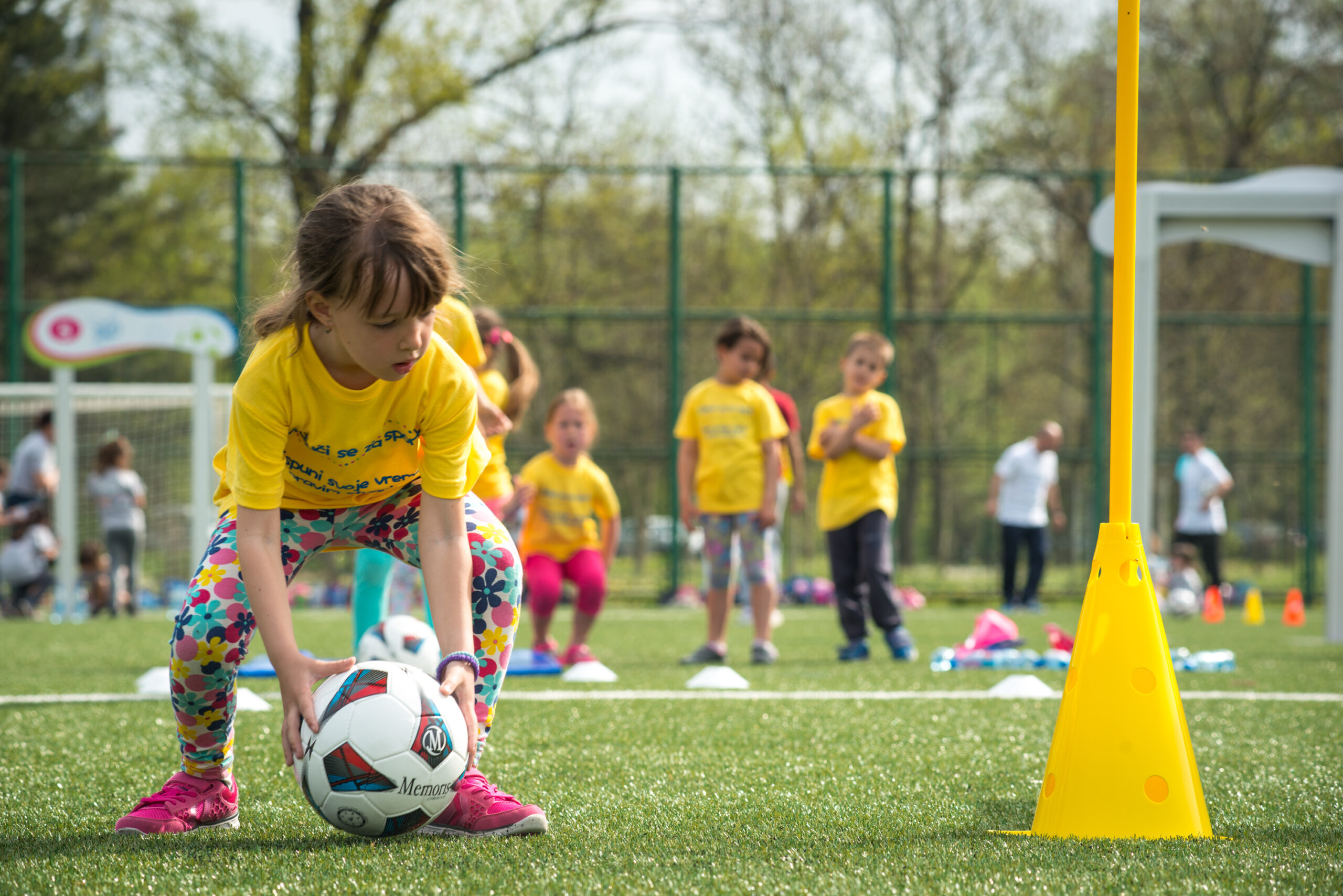In the UK, a fifth of children are overweight or obese when they start school at the age of four.
By the time they leave primary school seven years later, a third of children are in the overweight or obese category1. If children are not taught they skills and knowledge to make informed choices about what they eat and how much they should eat, this trend can only continue.
 Right from the start children are absorbing messages about food and establishing eating habits which can last a lifetime. To be able to implement healthy food choices however, children need to develop the skills and confidence to cook and prepare food. Cooking with children tends to be centred on baking and whilst this can be great fun and a bit of a ‘treat’, I am suggesting some fun food recipes that can teach children to prepare meals for them to use every day later in life. There are also lots of ways to widen the educational potential of cooking without children necessarily considering it to be “work”. They might help compile a family recipe book of their favourites complete with secret ingredients (great for developing instruction writing) or they might set up a family restaurant in the kitchen complete with menus. Cooking is a great way to develop children’s understanding of weights and measures and even converting them. So many ways to extend cooking a simple lunch!
Right from the start children are absorbing messages about food and establishing eating habits which can last a lifetime. To be able to implement healthy food choices however, children need to develop the skills and confidence to cook and prepare food. Cooking with children tends to be centred on baking and whilst this can be great fun and a bit of a ‘treat’, I am suggesting some fun food recipes that can teach children to prepare meals for them to use every day later in life. There are also lots of ways to widen the educational potential of cooking without children necessarily considering it to be “work”. They might help compile a family recipe book of their favourites complete with secret ingredients (great for developing instruction writing) or they might set up a family restaurant in the kitchen complete with menus. Cooking is a great way to develop children’s understanding of weights and measures and even converting them. So many ways to extend cooking a simple lunch!
Once children develop confidence in some simple dishes ask for Chef’s considered opinion to encourage them to try new flavours or combinations. Go with it! There may be a few odd tasting combinations but this encourages children’s independence and confidence to try new things out as well as expand their palate. Children are much more likely to eat something that they themselves have cooked, a great way to encourage fussy eaters.
Always remember though that kitchen safety is so important. Think carefully about access to hot utensils, boiling pans or kettles and hobs. Also think carefully about where you leave knives. Children love to taste things but be careful if you have raw ingredients that they are not picked up and eaten and never is it more important to make sure that pan handles are not hanging over the edge of work surfaces but facing in when children are moving around the kitchen.
1) Make it tactile: Make sure there is lots of touching involved and that may mean eating with fingers too. Remember that, although it is messy, touch is another sense for children to experience their food through. Homemade pizzas are great for this. Using strong white flour, yeast, water and oil they are cheap and there are lots of opportunities for little hands to get stuck in kneading and rolling and that’s before you get to the toppings. The great thing about pizza toppings is that children have so many choices of flavours and so many ways to manipulate the recipe to suit them. It’s also fantastic for them to see how simple ingredients such as flour can be transformed. Then there’s the presentation side of it! Pizza faces anyone?! Chapattis make a great alternative to pizzas for older cooks and are great to mop up a hearty stew.

Pizza Cutter by dinner series
2) Support children’s motor skills development: By getting children to do their own mixing, chopping, stirring and spreading they are learning all the time about applying pressure to implements to achieve a desired result. Of course there will be the odd messy accident but think about the ingredients you give your child. You will probably find that a lot of your kitchen implements are not suitable for little hands but there will be plenty available in shops. If necessary, plastic knives don’t do too bad a job of chopping lettuce or spreading soft butter onto bread. The more children can do things for themselves in the kitchen, the more independent they will feel and it is also building strength in their hands and wrists; perfect for writing and other tasks further down the line. Tasks can be simple. Making a sandwich, adding a spoonful of muesli to yoghurt, designing a salad. Yes making a sandwich will take time to begin with (!) so don’t do it if you’ve only got a quick half hour for lunch but practise makes perfect.

3) Celebrate festivals: This is a great way to widen children’s cultural awareness as well as introduce them to foods from around the world. Pancake Day/Mardi Gras last week was a great opportunity to introduce my pupils to French crêpes. Even better if you can allow children to flip the pancakes themselves or have a family pancake race to work up an appetite. Just like pizzas, children can personalise their pancakes with an array of toppings.
Don’t forget that cooking is not just the chopping and stirring but includes laying the table, clearing and washing too! Get children into the habit early and try to resist the urge to redo the washing up or clearing (whilst they are looking!). It will give the impression that you don’t trust them and make them more unlikely to volunteer next time. You might need to encourage them to check but, depending on their age, if you feel they have done it to the best of their ability praise their efforts. You can always give things a final wipe later when they are out of the kitchen!

Matteo by Roberto Taddeo
What do you like to cook with your children and what are your top foods to teach them to use? We would love to hear your ideas.
















